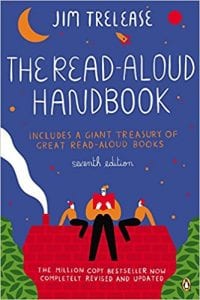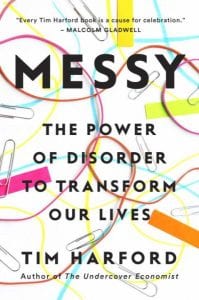I have been dabbling with Flipgrid this year, so far (mostly) successfully prodding students through one assignment. I asked them to develop and record two-minute biographical stories, choosing from a selection of well-known Eastern European leaders. Their recordings were then peer reviewed by their classmates and me. Based on the feedback they received, they were asked to revise their stories and re-record them.
The reaction to using Flipgrid has been mixed. Some students embraced it, others completed their assignments begrudgingly. When I have asked them what they dislike about Flipgrid, I get responses such as “I liked writing the story, but didn’t like recording it,” “I don’t like my voice,” etc. What most of the reluctance seems to be tied to is discomfort with communicating using this app.
What I find surprising about this reaction is that these same teens are fully launched on apps such as Snapchat, where they communicate with their friends through a video medium, complete with goofy stickers and other embellishments. (Flipgrid has a few of those, too.)
So, what is the difference? Do they perceive Snapchat as “not real?” Or is it because the Flipgrid assignments are “for real,” since the other students and I watch them and provide feedback? I don’t have a definitive answer on the reasons for the student attitudes, but I do know asking them to create Flipgrid videos is a good way to build their competence and confidence in communication.
There isn’t an online world and an offline world, there’s one world… ~ TEDxVictoria – Alexandra Samuel: Ten Reasons to Stop Apologizing for your Online Life
In this 2017 article, Alexandra Samuel debunks the idea of today’s teens being “digital natives,” and argues there are three different categories of technology users arriving in adulthood. She identifies them as “digital orphans,” “digital exiles,” and “digital heirs.”
“Digital orphans” have grown up with a lot of tech access, but very little guidance on appropriate use and consequences. Samuel sees this group as having a hard time meshing their online and offline lives, and in forming healthy face-to-face relationships.
The flip side of the coin is the “digital exiles,” who have minimal, limited access to online environments, highly controlled by their parents. Samuel sees them as heading in one of two directions when they gain access. Either they will go crazy with social media and find lots of ways to get into trouble online, or they will follow their parents’ teaching and become “neo-Luddites.” The question Samuel raises in regards to the second group is whether their day-to-day surroundings will be able accommodate their rejection of technology. (Have you tried booking an Uber ride without a smartphone?)
The third, and most balanced category Samuel identifies is “digital heirs.” They have had access to technology, combined with guidance from parents and teachers. They understand how to be responsible digital citizens. They have learned how create content across a variety of mediums. They will be prepared to navigate #reallife, whatever it looks like at the time.
Samuel’s assertions validate my belief that part of my purpose as an educator is to help students develop digital/media literacy skills. They also need practice with a variety of technology tools so that as they step into adulthood they will feel competent in #realworld responsibilities and careers.



